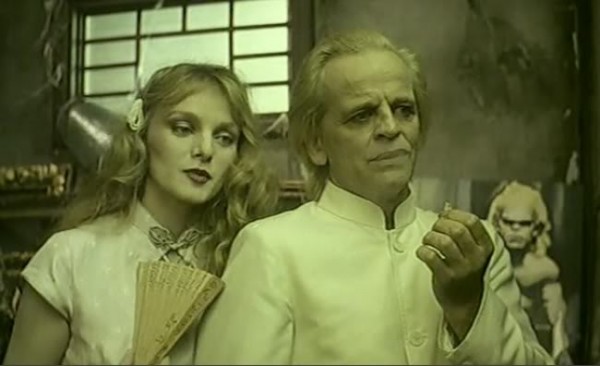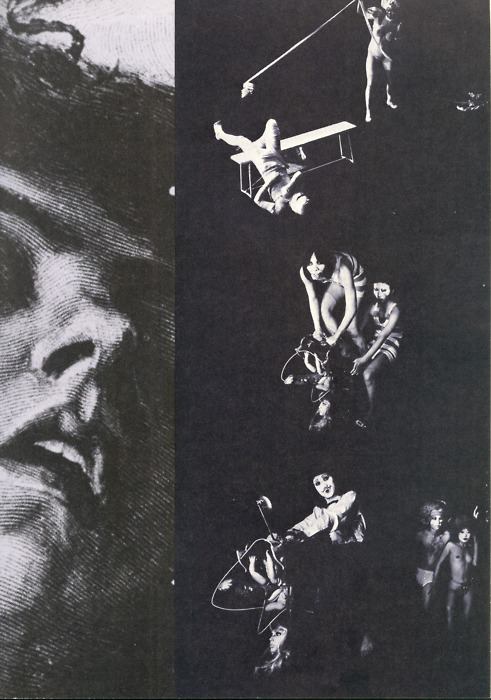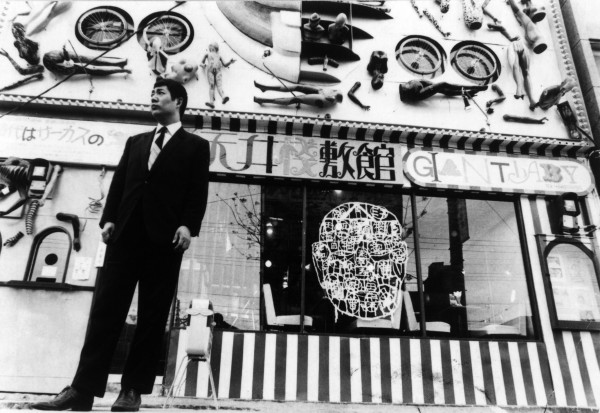
Shuji Terayama, Labyrinth Tale, Tarot & Klaus Kinski

Terayama Shuji – Experimental Image World (7 Volume Collection): Poet, playright, theatre director, filmmaker, essayist, agitator and lover of all things anarchistic, chaotic, and truthful, TERAYAMA SHUJI (1936-1983) is one of Japan’s most revered and respected artists.
See his films at Ubuweb here. (Vol 3, 4 and 6 recommended.)
Remembering Home
On the 10th December, 1935
I was born an imperfect dead man
Years will follow years and one day I know
I shall become a perfect dead man
When that day comes
I will think of the
Cherry tree
Not long before he died, Shuji Terayama wrote this poem, which may have been his last. The translation is by Paul Schmidt and Kazuko Oshima.
Who was Shuji Terayama? 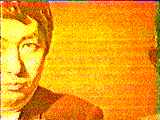
The french wiki name who Terayama was influenced by.
Ses œuvres, souvent expérimentales et crues, témoignent d’un activisme artistique aux influences multiples, d’Antonin Artaud ou Bertolt Brecht à Federico Fellini et Lautréamont.
Excerpt from The Missionary and the Libertine
Love and War in East and West
By IAN BURUMA
Japan, on the other hand, as I saw it in Terayama’s theater, was utterly fantastic, yet closer to the world I knew and lived in. The actors wore the same clothes as we did, listened to the same music, smoked the same drugs. But at the same time their world seemed more exotic than the China I read about in the People’s Daily. This was partly because of Terayama’s style: he mixed Western and Japanese imagery in a way that made both West and East look bizarre and marvelous. His Japan was like a great, colorful souk, or like a costume party in which the guests tried on this costume and then that—old, new, Japanese, Chinese, European. They did so playfully, freely, following only the whims of their imagination. Everything in Terayama’s theater was opposed to dogma, orthodoxy and puritanism. He made Japan look sexy If Mao’s version of “Asiatic despotism” appealed to religious puritans, Terayama’s Japan was the modern version of a sensual Orient that has attracted libertines and appalled missionaries for centuries. Read more here.
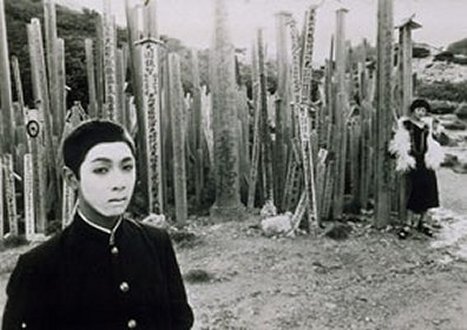
See his poetic postcards sent from all over the world.
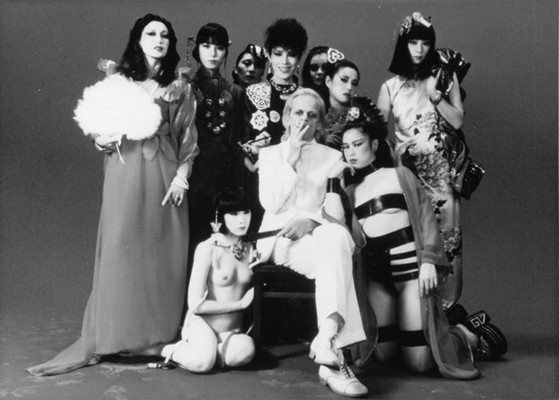
 Shuji Terayama (wiki)
Shuji Terayama (wiki) 